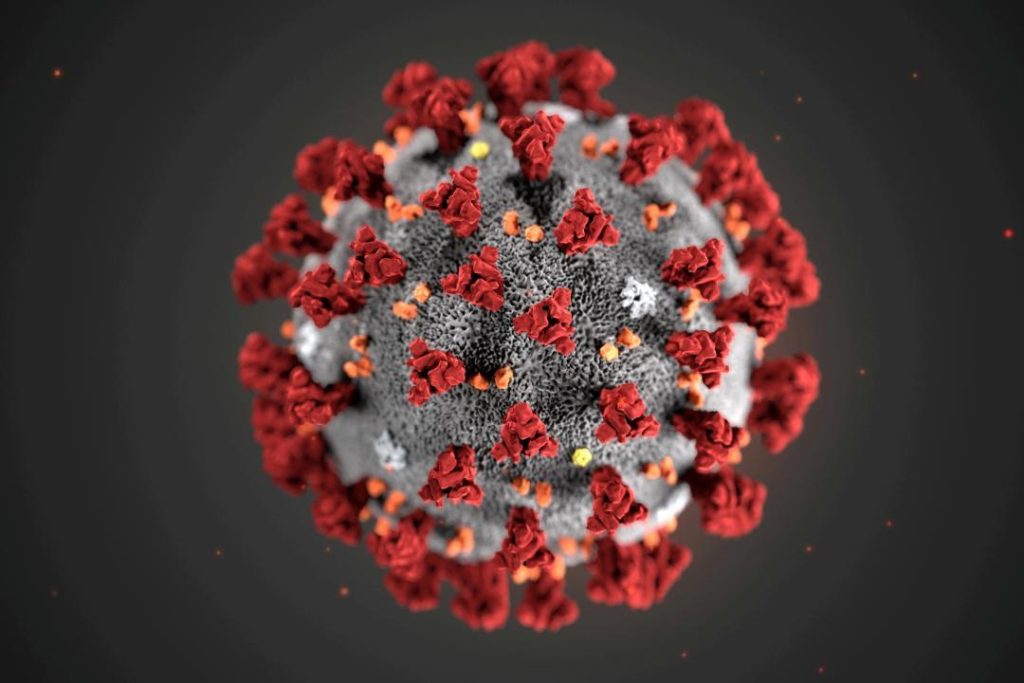
What is the JN.1 COVID-19 variant that is causing a rise in cases in Asia?
The COVID-19 pandemic has been a global health crisis for the past few years, and it seems that the virus is still evolving and adapting to its surroundings. Recent reports have highlighted the emergence of a new variant of COVID-19, known as JN.1, which is causing a surge in cases in various parts of Asia. In this blog post, we will delve into the details of the JN.1 variant, its origins, and its characteristics.
What is the JN.1 variant?
The JN.1 variant is a descendant of BA.2.86, a lineage of the Omicron variant. This means that JN.1 has acquired the ability to transmit efficiently through the addition of one or two mutations. According to Johns Hopkins University, JN.1 has inherited the immune evasion capabilities of its parent, making it a significant concern for public health officials.
How did JN.1 emerge?
The exact origin of JN.1 is still unclear, but it is believed to have emerged from the Omicron variant, which was first detected in November 2021. Omicron is a highly contagious and mutated variant of COVID-19 that has spread rapidly around the world. The BA.2.86 lineage of Omicron is a sub-variant that has been found to be more transmissible than other Omicron lineages.
Characteristics of JN.1
JN.1 has several characteristics that make it a concern for public health officials. Firstly, it has acquired the ability to transmit efficiently through additional mutations, making it more contagious than previous variants. Secondly, it has inherited the immune evasion capabilities of its parent, Omicron, which means that it can evade the immune system and cause infections in people who have been previously infected or vaccinated.
Is JN.1 more severe than previous variants?
There is some suggestion that JN.1 may cause more diarrhoea than previous variants, according to reports. However, it is essential to note that the severity of JN.1 is still being studied, and more research is needed to determine whether it is indeed more severe than previous variants.
Why is JN.1 causing a rise in cases in Asia?
JN.1 is causing a surge in cases in various parts of Asia, including India, Japan, and South Korea. There are several reasons why JN.1 is spreading rapidly in this region. Firstly, the Omicron variant, from which JN.1 emerged, was highly contagious and spread rapidly around the world. Secondly, many countries in Asia have relaxed their COVID-19 restrictions, which has contributed to the spread of the virus.
What can be done to combat JN.1?
To combat JN.1, public health officials are urging people to take precautions to prevent the spread of the virus. These precautions include wearing masks, maintaining social distancing, and getting vaccinated. Vaccination is a crucial tool in preventing the spread of COVID-19, and it is essential that people get vaccinated as soon as possible.
Conclusion
In conclusion, the JN.1 variant is a significant concern for public health officials, as it has acquired the ability to transmit efficiently through additional mutations and has inherited the immune evasion capabilities of its parent, Omicron. While there is some suggestion that JN.1 may cause more diarrhoea than previous variants, more research is needed to determine its severity. To combat JN.1, it is essential that people take precautions to prevent the spread of the virus, including wearing masks, maintaining social distancing, and getting vaccinated.
Source:






